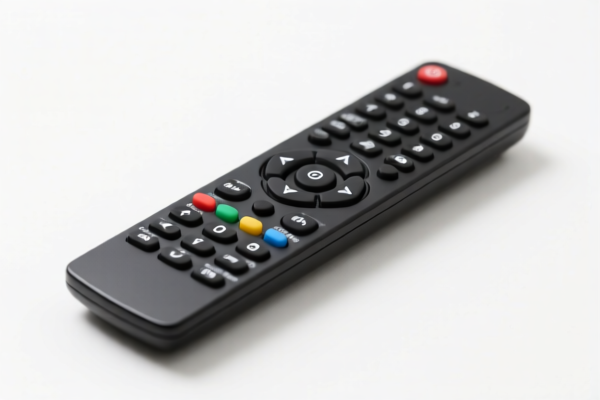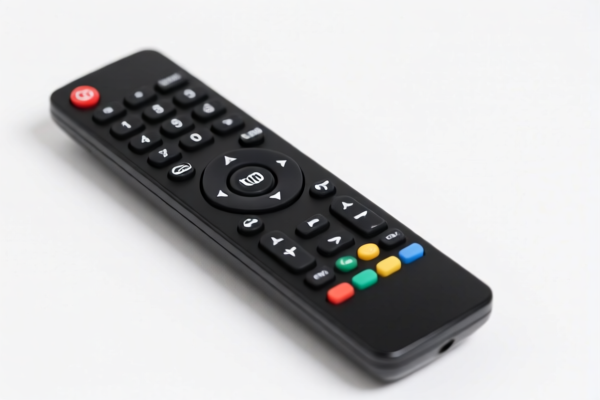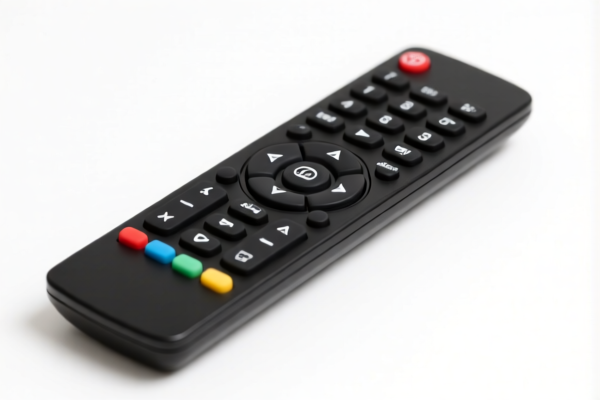| HS Code | Official Doc | Tariff Rate | Origin | Destination | Effective Date |
|---|---|---|---|---|---|
| 8526925000 | Doc | 55.0% | CN | US | 2025-05-12 |
| 8526921000 | Doc | 30.0% | CN | US | 2025-05-12 |
| 8517690000 | Doc | 55.0% | CN | US | 2025-05-12 |
| 8517620090 | Doc | 20.0% | CN | US | 2025-05-12 |
| 9106908500 | Doc | 15¢ each + 2.3% + 0.8¢/jewel+55.0% | CN | US | 2025-05-12 |




Remote Trigger
A remote trigger is a device or system component used to initiate an action or event from a distance. These systems are employed across a broad spectrum of applications, enabling control and automation without direct physical interaction.
Material
Remote triggers utilize diverse materials depending on their complexity and application. Common components include:
- Housing: Typically constructed from plastics (ABS, polycarbonate) for durability and insulation, or metals (aluminum, steel) for rugged environments.
- Circuitry: Printed circuit boards (PCBs) containing microcontrollers, radio transmitters/receivers, and other electronic components.
- Power Source: Batteries (lithium-ion, alkaline) or wired power connections.
- Antenna: Copper or other conductive materials for wireless communication.
- Buttons/Switches: Plastics, metals, or capacitive touch sensors for user input.
Purpose
The primary purpose of a remote trigger is to provide a means of controlling a device or system remotely. This offers several advantages:
- Convenience: Enables operation from a distance, eliminating the need for direct access.
- Safety: Allows control of hazardous or inaccessible devices.
- Automation: Integrates with automated systems for scheduled or conditional actions.
- Accessibility: Provides control for individuals with limited mobility.
Function
Remote triggers function by transmitting a signal to a receiver unit, which then activates a specific action. The signal transmission can occur through various methods:
- Radio Frequency (RF): Most common method, using radio waves to transmit signals. Often utilizes protocols like Bluetooth, Wi-Fi, or proprietary RF protocols.
- Infrared (IR): Requires a direct line of sight between the trigger and receiver. Commonly found in television remote controls.
- Wired Connection: Uses physical cables to transmit signals, offering reliable and secure control.
- Acoustic: Utilizes sound waves to transmit signals, less common due to interference issues.
Usage Scenarios
- Photography: Used to remotely activate a camera shutter, minimizing camera shake and enabling self-portraits or wildlife photography.
- Security Systems: Activates alarms, locks doors, or controls surveillance cameras.
- Home Automation: Controls lights, appliances, and other smart home devices.
- Industrial Control: Operates machinery, valves, or other industrial equipment.
- Automotive: Remote start, keyless entry, and trunk release systems.
- Drone Control: Initiates flight, controls camera functions, or activates specific features.
- Presentation Control: Advances slides, controls volume, or navigates presentations.
Common Types
- RF Remote Controls: Versatile and widely used, offering long range and reliable performance.
- IR Remote Controls: Simple and inexpensive, suitable for short-range applications.
- Bluetooth Remote Controls: Used for connecting to smartphones, tablets, or computers.
- Wi-Fi Remote Controls: Enables control over a network, allowing access from anywhere with an internet connection.
- Camera Remotes: Specifically designed for triggering camera functions.
- Presentation Clickers: Used for advancing slides during presentations.
- Smart Home Hub Remotes: Integrates with smart home ecosystems for controlling multiple devices.
- Key Fobs: Used for remote keyless entry and vehicle control.
Based on the provided information, “remote trigger” can be classified under the following HS codes:
- 8526925000: This HS code falls under Chapter 85 (Electrical machinery and equipment), Heading 8526 (Radar apparatus, radio navigational aid apparatus and radio remote control apparatus). Specifically, it covers “Other” radio remote control apparatus, and further specifies “Other”. The total tax rate is 55.0%, comprised of a 0.0% base tariff, a 25.0% additional tariff, and a 30.0% additional tariff effective after April 2, 2025.
- 8526921000: Also under Chapter 85, Heading 8526, this code covers “Other” radio remote control apparatus, specifically “Radio remote control apparatus for video game consoles”. The total tax rate is 30.0%, consisting of a 0.0% base tariff and a 30.0% additional tariff effective after April 2, 2025.
It is important to note that the classification depends on the specific function and application of the “remote trigger”. If it is a general-purpose remote control, 8526925000 would be more appropriate. If it is specifically designed for video game consoles, 8526921000 would be the correct classification.
Customer Reviews
No reviews yet.